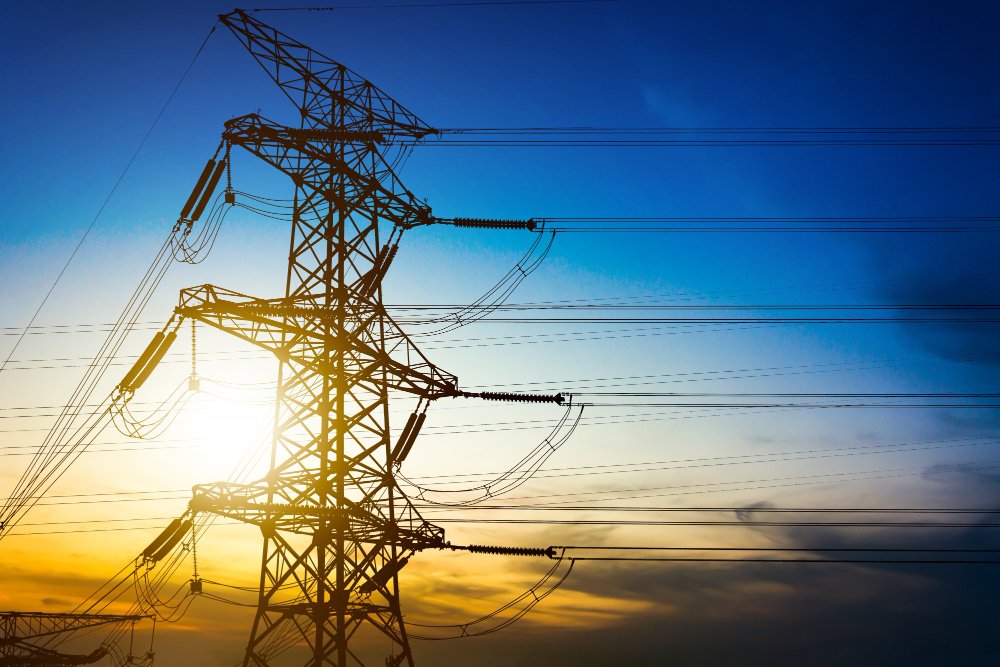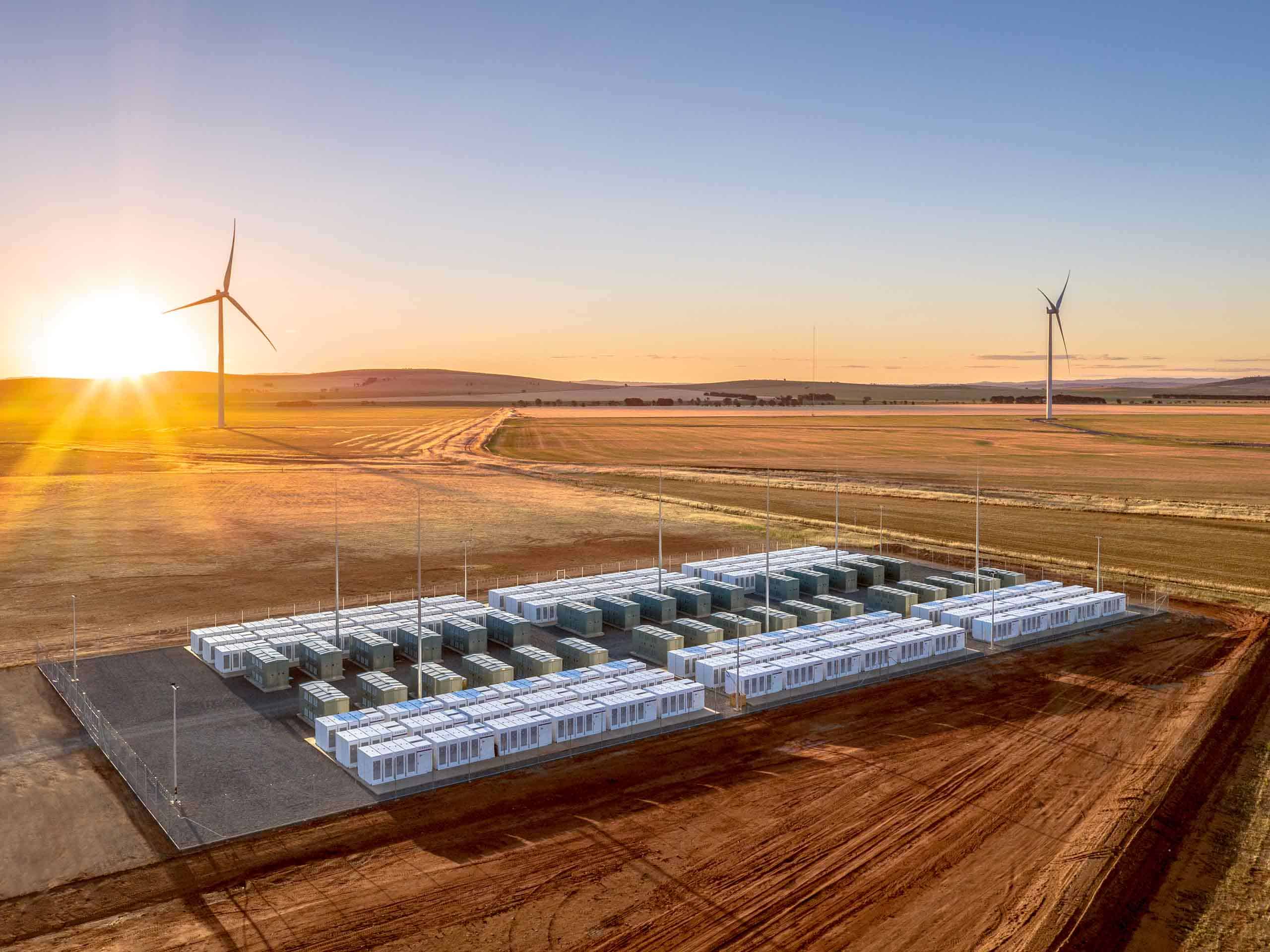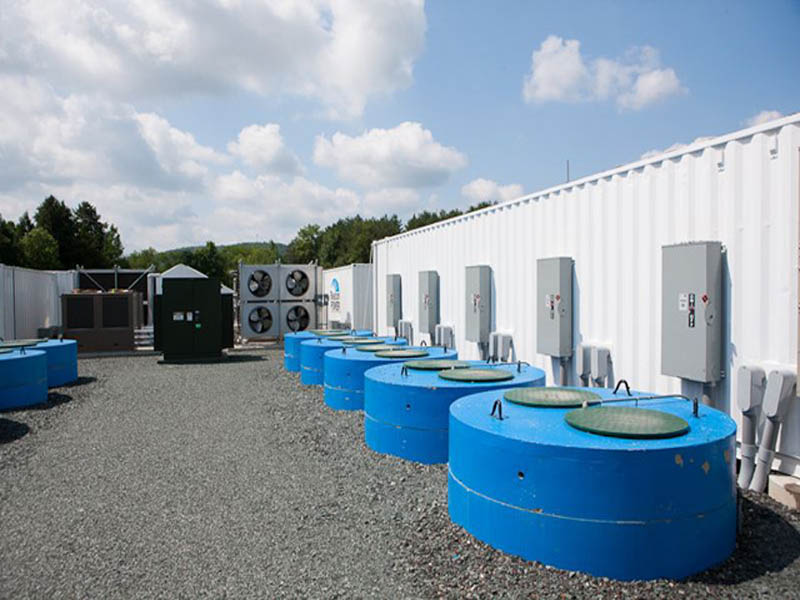The Future of Battery Technology: Solutions for True Grid Scale Energy Storage

What is the future of battery technology? Battery technology has been a key focus in energy storage solutions for some time now, but what will happen to it as we move towards grid scale energy storage solutions? There are several new technologies being developed that could make a real impact on how we live and work. In this article, I’ll be discussing these technologies and their potential impacts on our lives.
Most of today’s batteries are what is called secondary cells. These are rechargeable, but the energy capacity has a limited shelf-life and decreases over time as you use it up. Battery technology that allows for grid scale storage needs to be stable through many charge cycles, have very high efficiencies (energy cost), not lose stability with age, and be safe. The following are some of the battery technologies being developed that could meet these needs:
Flow Batteries

Flow batteries rely on two tanks of liquid, one with a positive charge and one with a negative charge. When the battery is discharged, electrons flow from the negatively charged tank to the positively charged tank through an electronic device. When the battery is charged, the reverse happens. The tanks are then pumped through a reactor that separates them to restart the cycle again. This type of system has been around for some time now and can be very efficient with 90%+ efficiencies seen in lab tests on new versions being developed today. This technology will allow for 100-1000 x more charge/discharge cycles than current batteries, and can be quickly recharged.
Liquid Metal Batteries
Liquid metal batteries (LMB’s) use a molten metal that, when charged or discharged, moves through an external device to separate the two charges and restart the cycle. LMBs can be completely sealed in their tanks, making them safer than other systems and they can be built with low cost materials which are readily available. This makes them especially eco-friendly vs other solutions which require more exotic materials with the added benefit of not having to rely on complex supply chains. These types of batteries are currently used in some military applications and have been tested for grid scale use. They can have efficiencies around 80% and up to 400,000 charge/discharge cycles without losing energy capacity over time.
Lithium-Ion Battery

Lithium ion batteries are the most common type of battery in consumer goods today, powering everything from phones to cars. This technology is efficient at 70%-90%, but its shelf-life and stability can decrease as it is charged/discharged, making the batteries potentially unsafe over time. While there are currently no lab results that support grid storage with lithium ion battery technology, many companies (including Tesla) are working on improving these types of batteries for this use case.
Mechanical Batteries

Mechanical batteries are a very old technology that store energy in springs and gears. These systems can be very efficient (up to 95%), but they require more maintenance than other technologies, as the parts need to be regularly replaced. Additionally, these types of batteries are not rechargeable. While this technology is not likely to become a major player in grid storage solutions, it is still being investigated by many companies.
Conclusion
The future of grid level energy will undoubtedly be one that includes many different battery technologies working in tandem. As we move over to renewable energy sources, our ability to effectively store energy on a grid scale will be increasingly more important. Lithium ion batteries are the standard for EV’s and consumer electronics but they also have a limited lifespan, require the use of exotic materials and are potentially hazardous (especially when deployed on a large scale). Which battery technology do you think shows the most promise? Let us know in the comments below.





